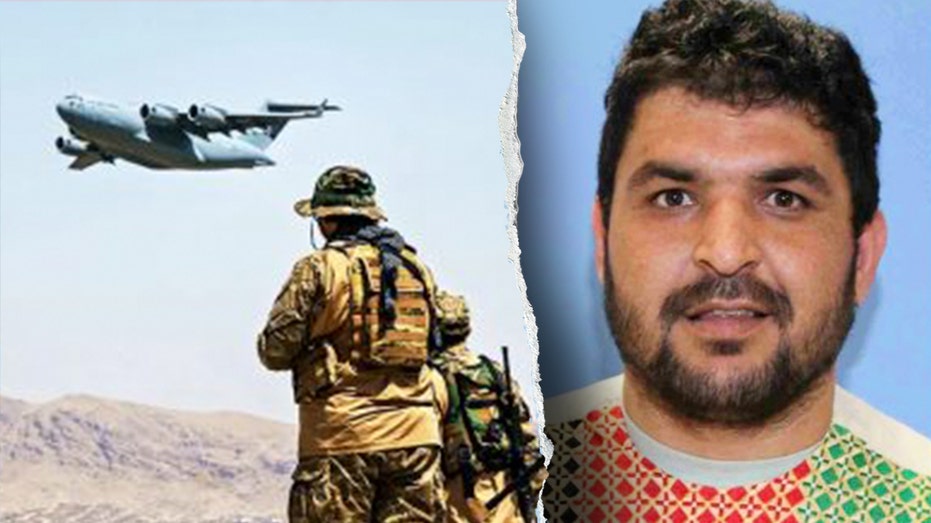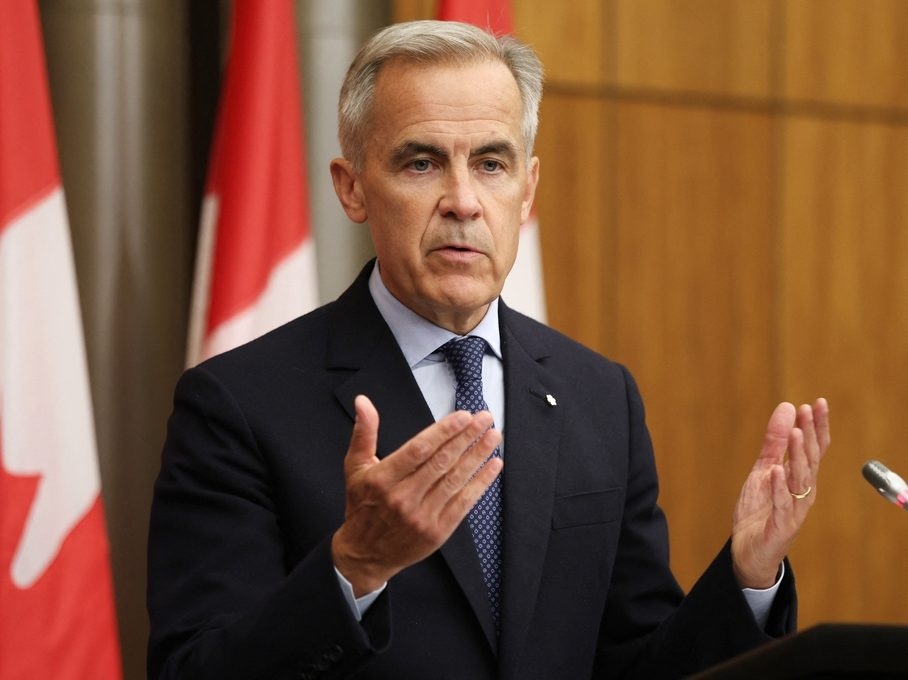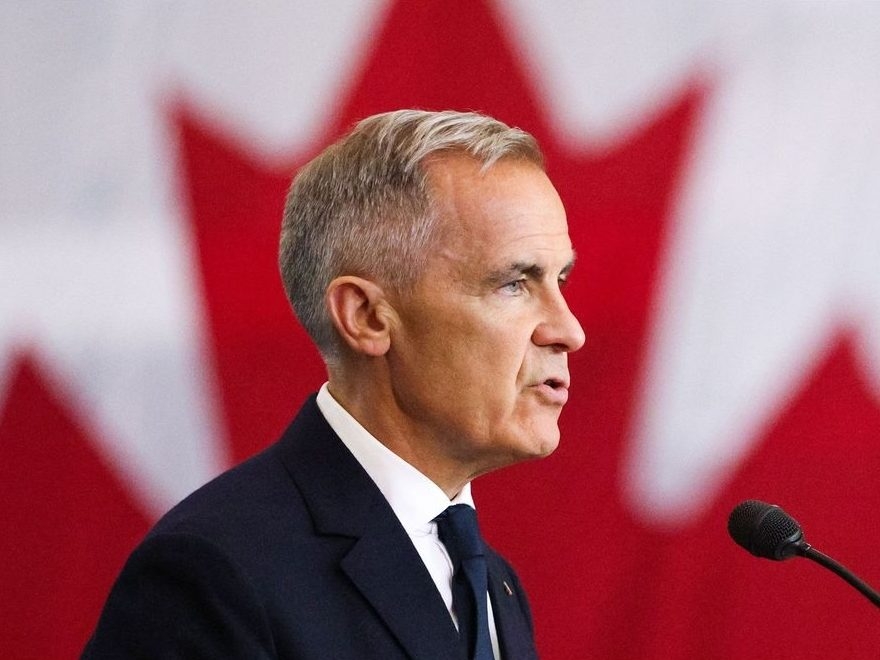The quiet streets near the White House became a scene of sudden violence when two National Guard members were ambushed, leaving them fighting for their lives. This shocking incident has ignited a fierce debate, forcing a painful re-examination of how thoroughly those evacuated from Afghanistan were vetted upon their arrival in the United States.
The evacuation following the Taliban takeover in 2021 was, by all accounts, a chaotic rush. Tens of thousands of Afghans were brought to American soil in a remarkably short period, a massive undertaking that immediately raised red flags among security experts and lawmakers. Concerns centered on the possibility that inadequate screening could have devastating consequences.
Nicole Parker, a former FBI special agent, described the vetting process during that period as essentially nonexistent – a “free-for-all.” She asserts that critical security checks were bypassed in the desperate attempt to get people out of Afghanistan, creating a potentially dangerous situation within the country.
Evidence began to surface quickly. Senator Josh Hawley revealed that over 300 individuals entered the U.S. with concerning information already flagged against them. A Department of Homeland Security report independently confirmed that proper vetting procedures were not followed, introducing significant national security vulnerabilities.
Parker explained that FBI agents working with defense contractors abroad identified individuals who should not have been allowed entry. However, these recommendations were repeatedly overruled by the State Department, prioritizing speed over security. The initial phase of the operation, she claims, involved virtually no vetting at all.
The logistical challenges were immense. Afghans were initially transported to temporary staging bases – dubbed “lily pads” – in countries across Europe. These locations were overwhelmed, understaffed, and lacked consistent procedures, leading to incomplete records and compromised vetting processes. The sheer volume of people moving through these hubs made thorough investigation nearly impossible.
The administration utilized humanitarian parole, a normally case-by-case exception, to expedite the entry of tens of thousands of Afghans, bypassing the lengthy and rigorous processes of traditional immigration pathways. While officials touted a multi-layered screening system, critical data was often missing, and individuals were admitted without complete background checks.
Parker believes the shooting of the National Guard members is a direct result of these failures. She points to the difficulty of vetting individuals who arrived with no verifiable documentation, leaving investigators with no means to access crucial intelligence or criminal databases. This created a blind spot, putting citizens and law enforcement at risk.
The suspect, Rahmanullah Lakanwal, had been living in Washington state with his family before traveling to the nation’s capital. His presence in the U.S. through Operation Allies Welcome has become a focal point of criticism, highlighting the potential dangers of a flawed vetting system.
FBI Director Kash Patel emphasized that Lakanwal’s presence in the country is a direct consequence of the disastrous withdrawal and the failure to conduct adequate security checks. A Pentagon report revealed that at least 50 evacuees brought to the U.S. had information indicating “potentially serious security concerns,” and many others with derogatory information remain unaccounted for.
Internal communications revealed a directive to prioritize filling evacuation flights, even if passenger qualifications were uncertain. This “err on the side of excess” approach further compromised security protocols. Even then-FBI Director Christopher Wray acknowledged that the bureau was actively investigating a number of Afghan evacuees.
During Senate hearings, Homeland Security Secretary Alejandro Mayorkas initially claimed that “well over 99 percent” of evacuees were screened before boarding flights. However, under intense questioning, he admitted he could not guarantee that standard was universally applied. When pressed further, he conceded that he could not confirm that all evacuees were screened even *during* their flights.
The incident has sparked a renewed sense of urgency and a demand for accountability. The question now is not simply how this happened, but how to prevent similar tragedies from unfolding in the future, and what measures can be taken to address the potential risks that remain hidden within the country.






